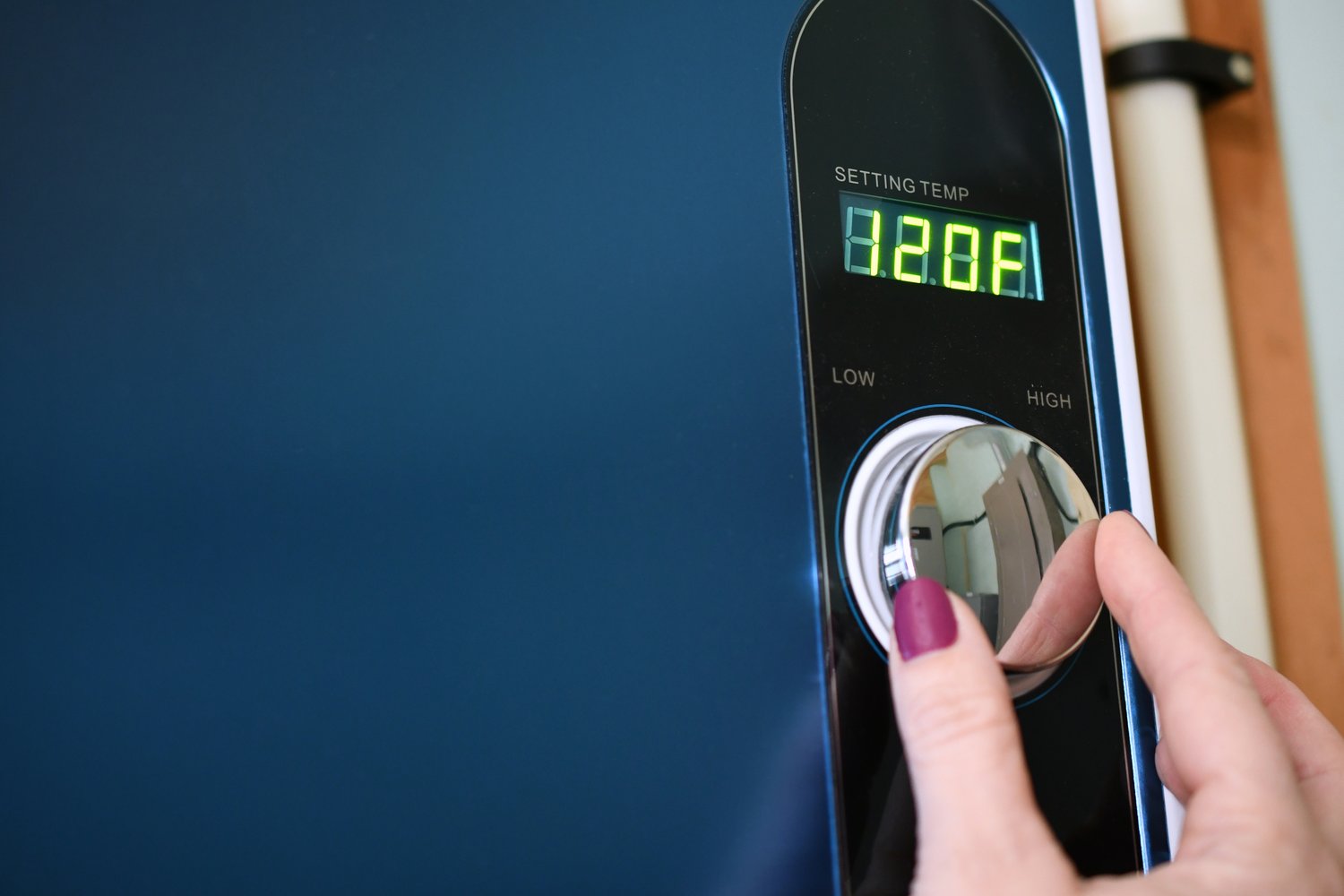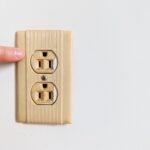Maintaining the perfect cooking temperature in your electric wall oven is essential for ensuring consistently delicious results in your culinary endeavors. However, when your oven fails to reach or maintain the desired heat, sensor malfunctions might be at play. This guide explores the critical role of oven sensors and demonstrates how addressing these issues can help optimize your kitchen’s performance.
- Electric wall ovens depend on precise sensors to maintain a steady temperature, crucial for even cooking and food quality.
- Sensor failure can manifest through symptoms such as uneven cooking, incorrect temperature displays, and extended preheating times.
- Learn efficient testing techniques like multimeter tests and resistance checks to ensure your oven’s sensors are operating correctly.
By understanding and addressing potential sensor malfunctions in your electric wall oven, you can enhance your kitchen’s operational efficiency and the quality of the dishes served. Dive deeper into the article to discover how these insights can empower your food service operation.
Understanding Sensor Malfunctions in Electric Wall Ovens: A Comprehensive Testing Guide
Electric wall ovens are a staple in modern kitchens, providing convenience and efficiency for culinary tasks. Central to their effective operation is precise temperature control—a critical feature that ensures even cooking and preserves the quality of your dishes.
One of the common culprits behind temperature irregularities is a malfunctioning sensor. Such malfunctions can lead to a variety of issues that may compromise food safety and quality.
An understanding of sensor-related problems is essential for maintaining optimal oven performance. By identifying and addressing these issues early, you can enhance your kitchen’s functionality and ensure that your food service operation runs smoothly.
Identifying Symptoms of Temperature Problems
Recognizing early signs of potential sensor failure can make a significant difference in preventing further complications.
Some typical symptoms include uneven cooking, where some parts of your dish may be overcooked while others remain undercooked. This inconsistency often indicates that the oven’s heating elements aren’t activated when they should be.
Another indicator is incorrect temperature readings. If the display temperature doesn’t match the set temperature or fluctuates without a change in settings, it could suggest a faulty sensor.
Prolonged preheating times can also be symptomatic of sensor issues. If your oven takes significantly longer to reach the desired temperature, it could point to a malfunction that needs attention.
Steps to Test Your Electric Wall Oven’s Temperature Sensor Efficiently
Testing the temperature sensor in your electric wall oven is essential for diagnosing and fixing temperature inconsistencies. This step-by-step guide will help you perform accurate sensor testing, ensuring your oven operates effectively.
Before starting, ensure the oven is unplugged and completely cool to ensure your safety.
Gather the Necessary Tools
To begin, you’ll need a few specific tools:
- A multimeter, preferably digital, for precise measurements
- A screwdriver set to access the sensor
- An oven thermometer for verifying temperature accuracy during testing
Access the Temperature Sensor
The temperature sensor is typically located at the back of the oven, protruding into the oven cavity. Use your screwdriver to carefully remove any panels or covers to expose the sensor.
Conduct the Multimeter Test
Set your multimeter to the ohms setting. The ohms test will measure the sensor’s resistance, which changes with temperature.
Disconnect the sensor by removing the wiring harness and place one of the multimeter’s probes on each terminal of the sensor. At room temperature, a correctly functioning sensor should read around 1080 ohms. Substantial deviation from this reading could indicate a faulty sensor.
Verify Temperature Accuracy
Once you’ve determined the sensor’s functionality, reattach the wiring harness and reassemble any panels. Turn on the oven and set it to a specific temperature, then use the oven thermometer to check if the actual oven temperature matches the set temperature. This step helps validate the accuracy of both the sensor and your multimeter assessment.
Should you encounter persistent discrepancies in the readings or temperature outcomes after these tests, it might be wise to consult a professional for further diagnosis. Ensuring your electric wall oven’s temperature sensor functions correctly is key to maintaining cooking precision and efficiency in your kitchen.
Frequently Asked Questions About Electric Wall Oven Temperature Problems
What are common symptoms of a malfunctioning oven temperature sensor?
Common symptoms include uneven cooking, incorrect temperature readings, and prolonged preheating times.
How can I test my electric wall oven’s temperature sensor?
Use a multimeter to check the resistance levels of the sensor. Refer to your oven’s manual for resistance values.
Why is it important to address sensor issues promptly?
Addressing sensor issues ensures optimal oven performance and consistent cooking results, critical for maintaining food quality.
Can I replace the temperature sensor myself?
If you’re comfortable with basic repairs, you may replace it. However, seeking professional assistance is recommended for safety.
What tools are required for testing the oven sensor?
You’ll need a multimeter and possibly a screwdriver to access the sensor.





